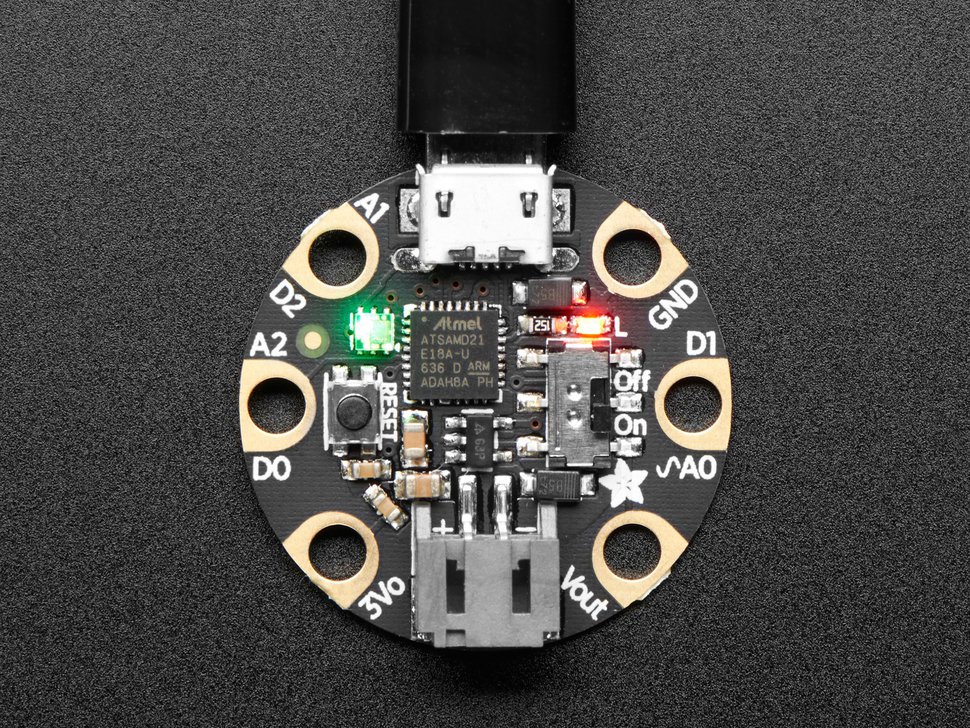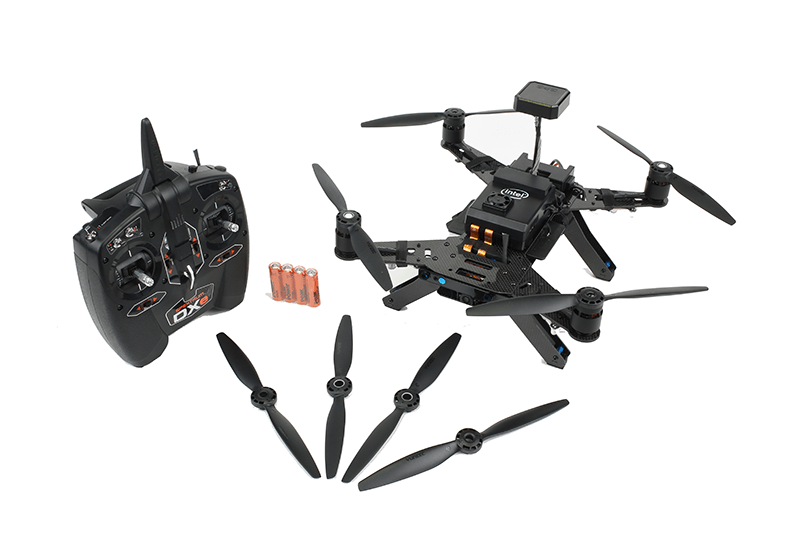By Jean-Jacques DeLisle, contributing writer
So far, 2017 has been full of exciting new development board and development kit releases. These dev platforms have included releases from big-name semiconductor companies to updated dev boards from familiar platforms with large communities to no-name recent entries into the market. The following is a roundup of 2017 additions to the development board and development family from high-performance all-in-one beasts to development kits with ready-to-fly drones.
Firefly-RK3288 & Firefly-RK3288-Reload
The Firefly-RK3288 and Firefly-RK3288-Reload are high-performance multi-core computing platforms designed to offer all-in-one graphics and video-decoding capabilities with support for both Android and Ubuntu on a dual system. The backbone of the Firefly-RK3288s is a new Quad-core Cortex A-17 with cores operating at 1.8 GHz, which offers a 60% improvement over the Cortex-A9. These boards also include a Mali-T760 MP4 graphics processing platform that supports decoding of 4K video at 60 fps. Moreover, these boards sport 2x HDMI with data transfer rates up to 18 Gbps, 2 GB of dual-channel DDR3, and 16 GB of eMMC memory and feature dual-band AC Wi-Fi, Bluetooth 4.0, and gigabit Ethernet. The RK3288-Reload version is augmented with additional interfaces, dual-display HDMI outputs, and PIP and video record functions via the HDMI-IN.
Targeting low-cost but still powerful Internet of Things or Internet of Everything and embedded computing applications, Qualcomm’s DragonBoard 410c development board is built on the Snapdragon 410 processor, an ARM-based platform. This board runs a Quad-core ARM Cortex-A53 with cores running at 1.2 GHz and a Qualcomm Adreno 306 GPU capable of 1080p HD video playback and capture. The board can support a 13-megapixel camera, LPDDR2/3 533-MHz single-channel 32-bit non-POP/eMMC 4.51 SD 3.0 with Android or Linux operating systems. The Dragonboard 410c also comes with a Qualcomm VIVE 802.11 b/g/n Wi-Fi, Bluetooth, and FM radio wireless connectivity. Typical expansion connectors and I/O interfaces are also features by this board. Interestingly, Qualcomm has partnered with Linaro, a non-profit engineering organization focused on developing open-source software for ARM technologies, and the DragonBoard 410c is designed with 96Boards Consumer Edition compatibility.
Adafruit GEMMA M0 Development Board
Spanning only 1.1 in. and with only 0.28-in. thickness, the AdaFruit GEMMA M0 dev board is a round and feature-dense platform built for battery-powered wearable exploration. Unlike its power-hungry high-performance cousins, the GEMMA M0 is powered by a ATSAMD21E18 32-bit Cortex M0+, with 32 kB of RAM and 256 kB of Flash memory. Both Arduino IDE or Adafruit’s CircuitPython can be used to program the GEMMA M0. The mini dev board can be powered from a Micro-USB or from its JST Battery terminal. I/O ports with 12-bit analog input and digital I/O are accessible to easy probing and can be used as screw mounts into a custom housing.

The circular design and low-power operation are design features of the Adafruit GEMMA M0 development board geared toward wearable applications. Image source: Adafruit.
Dialog Semiconductor SmartBond DA14681 Wearable Development Kit
Also a wearable dev kit, the Dialog Semiconductor SmartBond DA14681 is a complete hardware and software kit with many sports and fitness features. These features include heart rate monitoring, activity tracking, and environmental sensing. This dev kit is based on the DA14681 SoC, marketed as a wearable-on-chip, which also includes Bluetooth LE, NFC payment capability, integrated battery charging, and bank level security for user privacy and data protection. Moreover, the dev kit also includes six-axis accelerometer and gyro, three-axis digital geomagnetic, pressure, humidity, and temperature sensors. The kit also has a built-in 128 x 128-pixel low-power memory LCD with a low-power capacitive touch button.

Leveraging an integrated ready-to-fly drone and development kit, the Intel Aero is part of a new genre of development kits, unmanned aerial vehicles/unmanned aerial systems (UAV/UAS). (Source: Intel)
Naturally, the buzz surrounding drones, or UAVs/UASs, has spawned many commercial products and alarming international incidents. Even research programs have leveraged drone technology for imaging, scanning, and tracking applications. Filling a gap in development boards specifically designed for drones, the Intel Aero Ready-to-Fly Drone is fully assembled and functional out of the package. What’s more, this development kit is equipped with Intel RealSense depth and vision capabilities and operates with an open-source Linux OS. The Aero Compute Board is no slouch, with an Intel Atom x7-Z8750 processor, 4 GB of LPDDR3-1600 RAM, 32 GB of eMMC, dual-band wireless AC Wi-Fi, programmable I/O with an Altera Max 10 FPGA, and a host of cameras. The kit includes a flight controller with autopilot features and, of course, the pre-assembled quadcopter.
Advertisement
Learn more about Electronic Products Magazine





